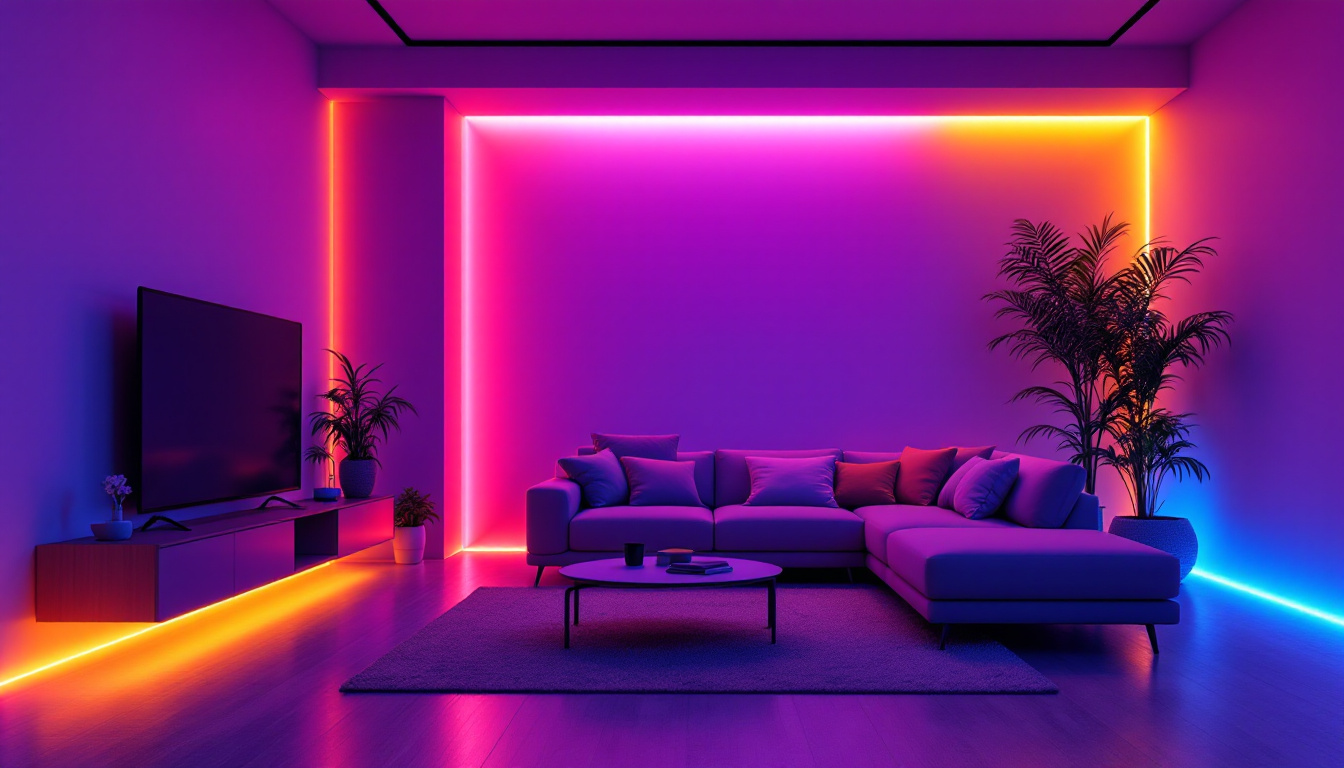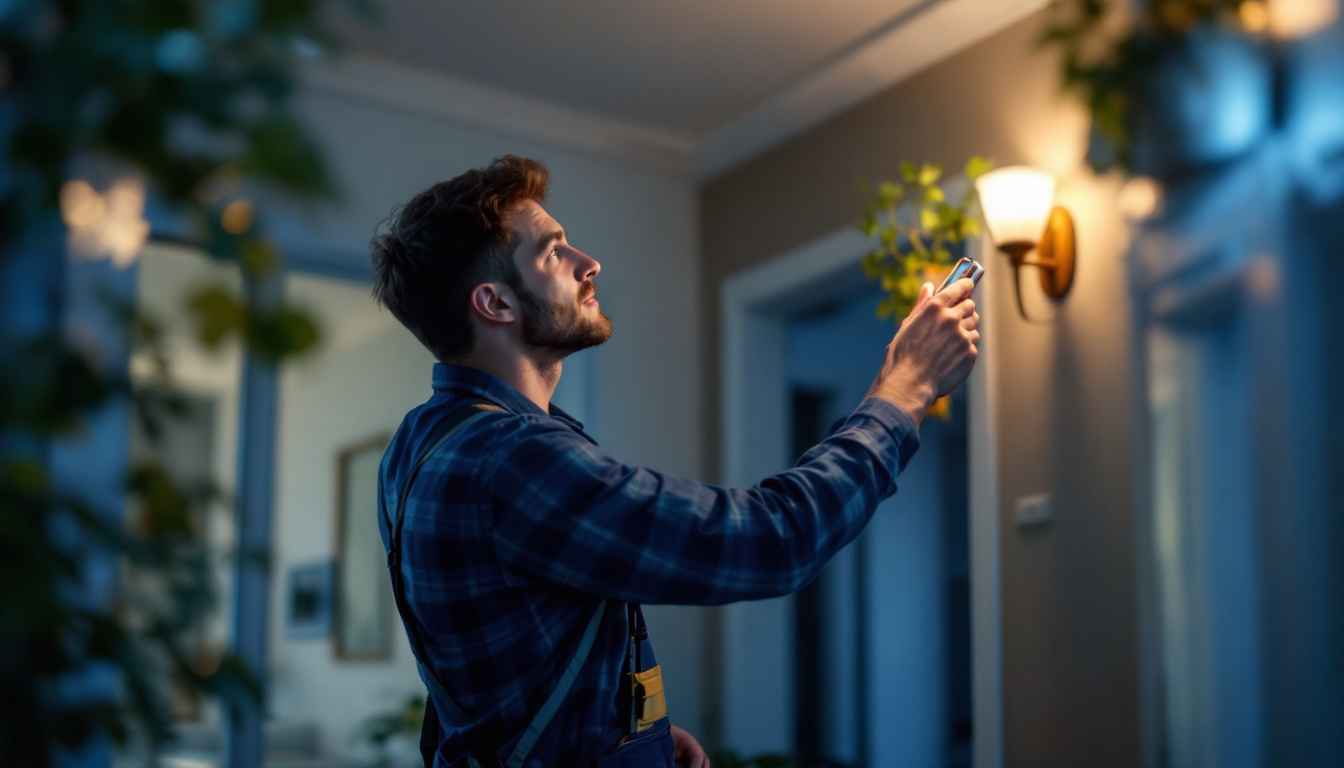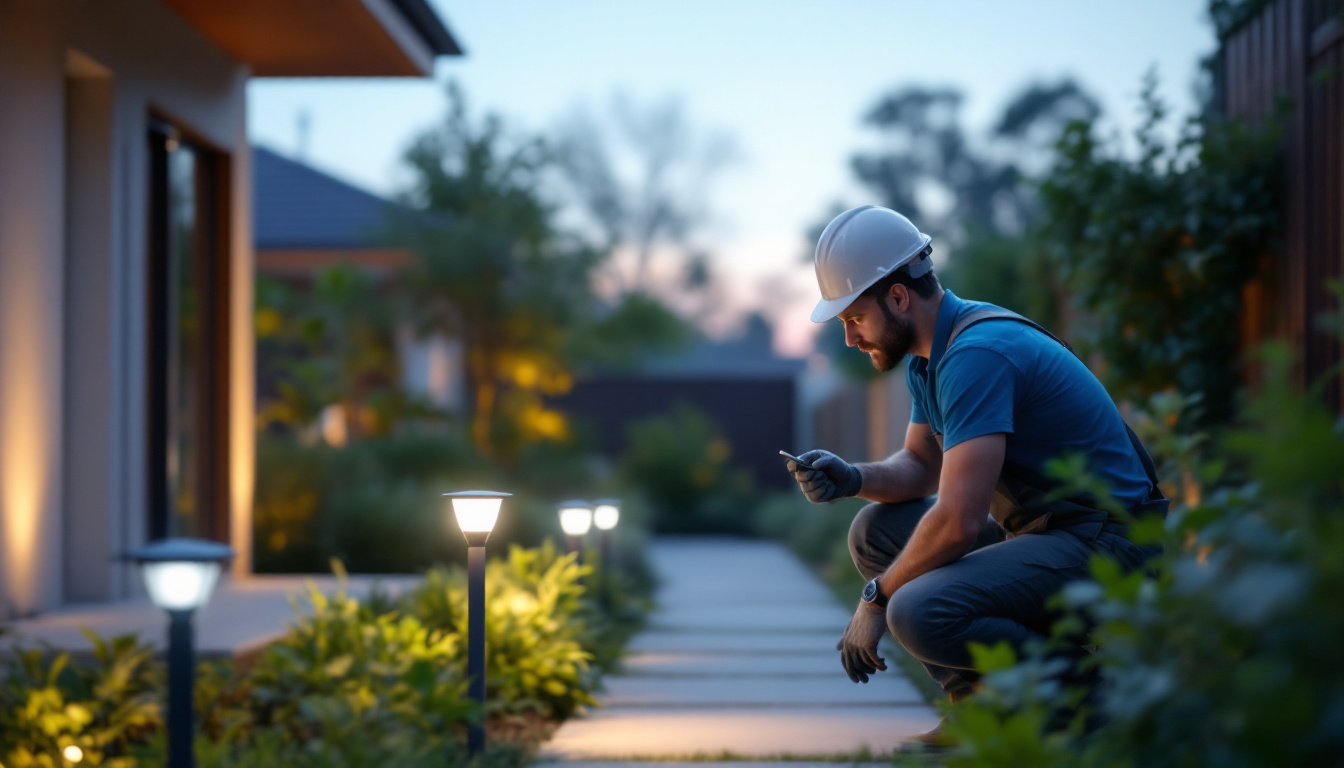

In the ever-evolving world of lighting technology, LED light strips have emerged as a versatile solution for both residential and commercial projects. Their adaptability, energy efficiency, and aesthetic appeal make them a popular choice among lighting contractors. However, as technology continues to advance, it is crucial to consider how to future-proof lighting projects that incorporate LED light strips. This article will explore key strategies and best practices to ensure that installations remain relevant and efficient for years to come.
LED light strips, also known as LED tape lights, are flexible circuit boards populated with light-emitting diodes. They come in various colors, brightness levels, and lengths, making them suitable for a wide range of applications, from accent lighting to task lighting. Their flexibility allows them to be installed in tight spaces or around curves, providing unique design opportunities. This adaptability makes them a favorite among interior designers and DIY enthusiasts alike, as they can easily be integrated into various environments, whether in homes, offices, or commercial spaces.
In addition to their aesthetic appeal, LED light strips are also increasingly being used in innovative ways, such as in smart home systems. With the advent of smart technology, many LED strips can now be controlled via smartphone apps or voice-activated devices, allowing users to adjust brightness, change colors, and set schedules from anywhere. This level of control not only enhances convenience but also allows for personalized lighting experiences that can adapt to different moods or activities.
There are several types of LED light strips available on the market, each designed for specific applications. Some common types include:
Furthermore, there are also specialized LED light strips designed for outdoor use, which are typically weatherproof and can withstand various environmental conditions. These outdoor strips are perfect for illuminating patios, gardens, and walkways, providing both safety and ambiance. Additionally, some LED strips are designed with specific features such as dimmability or programmable settings, allowing users to create customized lighting scenes that can change throughout the day or for special occasions.
Choosing LED light strips for lighting projects offers numerous advantages:
In addition to these benefits, LED light strips are also highly versatile in terms of installation. They can be cut to size, allowing for precise fitting into any space, and many come with adhesive backing for easy application on various surfaces. This ease of installation means that even those without extensive electrical knowledge can successfully incorporate them into their projects. Moreover, the ability to layer different types of strips can create stunning visual effects, enhancing the overall aesthetic of any room or outdoor area.
When embarking on a lighting project that involves LED light strips, it is essential to plan for the future. This involves considering technological advancements, design trends, and the evolving needs of clients. Here are some critical factors to keep in mind:
As smart home technology continues to gain traction, integrating LED light strips with smart systems can enhance user experience and convenience. Ensure that the chosen LED strips are compatible with popular smart home platforms, allowing for features such as:
Future-proofing a lighting project also means considering scalability. Opt for modular LED light strips that can be easily expanded or modified as needs change. This allows for:
The components used in a lighting project can significantly impact its longevity and performance. Selecting high-quality materials and ensuring compatibility among components is essential for a successful installation.
LED light strips require specific power supplies and drivers to function correctly. When selecting these components, consider:
Using the right connectors and accessories can simplify installation and enhance the overall performance of LED light strips. Consider the following:
Design plays a crucial role in the effectiveness and longevity of lighting projects. When working with LED light strips, consider how design choices can contribute to future-proofing.
LED light strips can be used in various applications, from accent lighting to task lighting. Designing with versatility in mind allows for:
Choosing the right color temperature and brightness levels is essential for creating the desired ambiance. Consider the following:
Proper installation is critical to the performance and longevity of LED light strips. Adhering to best practices can help ensure that projects are completed efficiently and effectively.
Before installation, take the time to plan the layout of the LED light strips. This involves:
Before securing the LED light strips in place, it is essential to test them. This allows for:
Even the best lighting systems require maintenance to ensure optimal performance. Implementing a maintenance plan can help prolong the life of LED light strips and keep them functioning effectively.
Conducting regular inspections can help identify potential issues before they become significant problems. Consider the following:
For smart LED light strips, staying updated with the latest software and firmware is essential. This can include:
Incorporating LED light strips into lighting projects offers numerous advantages, but future-proofing these installations is essential for long-term success. By understanding the technology, planning for compatibility with smart systems, choosing the right components, and adhering to best design and installation practices, lighting contractors can create adaptable, efficient, and aesthetically pleasing solutions. As technology continues to evolve, staying informed and proactive will ensure that lighting projects remain relevant and effective for years to come.
Ready to elevate your lighting projects with the most advanced LED light strips on the market? Look no further than LumenWholesale, where we provide contractors with the highest quality, spec-grade lighting products at unbeatable wholesale prices. Say goodbye to local distributor markups and hello to superior lighting solutions that meet the highest industry standards. With our hassle-free bulk buying and free shipping, you can ensure your installations are future-proofed with premium lighting at the best value. Don’t settle for less; choose LumenWholesale for quality, affordability, and convenience. Wholesale Lighting at the Best Value.

Discover the essential best practices lighting contractors use to illuminate commercial warehouses efficiently and effectively.

Explore compelling real-world success stories of lighting contractors who have transformed spaces with house emergency lights.

Discover why opting for local distributors when purchasing grow lights in bulk might not be the best decision.

Discover essential insights for lighting contractors on harnessing solar power to illuminate spaces efficiently.
Get notified when NEW deals are released.
Optimize your budget with wholesale discounts.
Only top-quality, specification-grade lighting products.
No additional costs at checkout - what you see is what you pay.
We understand the unique needs of contractors.